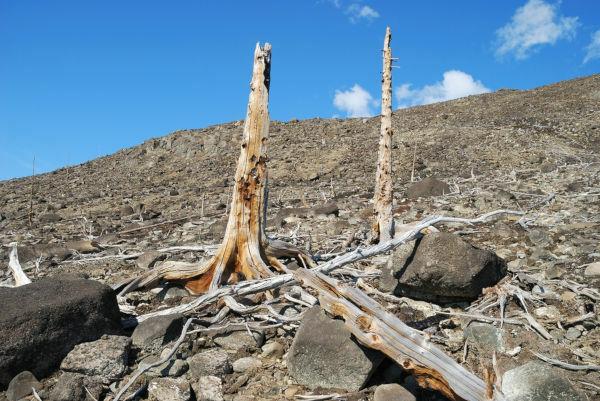Based on the assumptions established by Western culture, the concern with environmental issues had its primary reference in the 1960s. It is necessary to highlight the relationship with Western culture because different societies and communities throughout history have had a relationship of integration harmonious or even contemplation with nature, quite different from westernized societies that prioritized the capitalist reproduction of space geographical.
In the mid-twentieth century, world capitalism experienced the phenomenon of expansion of transnational companies, the which strengthened the economic ties of interdependence between developed countries and nations underdeveloped. Concern for the quality of life of the population of rich countries made the headquarters of large companies send their polluting units to some underdeveloped countries. Recipient countries, currently classified as emerging countries, received these companies in favor of policies developmentalist and the idea of progress, sometimes oriented by populist practices or even dictatorial.
Despite this scenario, environmental concern became recurrent in academic circles and political institutions during the second half of the 20th century. From there, we can highlight the following meetings and conferences:
• Club of Rome, 1968: meeting that brought together scientists, economists, businessmen, intellectuals and some government representatives to discuss some of the main environmental problems. The first meeting culminated in the production of a work entitled “The limits of growth”, in 1972, a book on the environment that sold more copies worldwide. The organization exists to this day and former president Fernando Henrique Cardoso is one of the honorary members of the group.
• United Nations Conference on the Environment - Stockholm Conference, 1972: first environmental event organized by the UN. The meeting was known for its diplomatic declarations, which did not define major goals, but had as contribution the establishment of a global political debate, with the presence of some of the most important heads of state.
• United Nations Conference on Environment and Development - Rio 92 or ECO 92, 1992: formation of general principles, with a broad discussion on the concept of sustainable development, created in 1987 by the Brundtland Report. During Rio 92, the Agenda 21, a series of recommendations for nations to achieve sustainable development. One of the main contributions of the meeting was the Framework Convention on Climate Change, responsible for debating global climate change and which created the Kyoto Protocol.
Do not stop now... There's more after the advertising ;)
• Kyoto Protocol, 1997: Determined a 5% reduction in CO emissions2, taking as a reference the year 1990, valid until the year 2012. The United States, which at that time were the largest annual emitters of CO2 and that even today they are the biggest emitters of CO2 accumulated since the Industrial Revolution, have not ratified the agreement. Australia also did not ratify the protocol in 1997, changing its position and accepting the Kyoto conditions only in 2007, during the Bali Conference. The protocol presented possibilities for countries to adapt to the agreed targets, which became known as Clean Development Mechanisms, such as the Carbon Credits. Credits are issued by companies or countries that have managed to achieve their goals and are purchased by those who not adapted, in order to encourage a more sustainable economy and encourage investments in alternative sources of energy.
• United Nations Conference on Environment and Development - Rio + 20, 2012: It sought to discuss the concept of Green Economy to achieve sustainable development and poverty eradication, as well as the role of institutions in this process. Due to an international scenario facing the world economic crisis and the divergences between developed countries and countries emerging, the meeting ended up producing many recommendations, but little progress was made in setting goals for the different groups of countries.
Julio César Lázaro da Silva
Brazil School Collaborator
Graduated in Geography from Universidade Estadual Paulista - UNESP
Master in Human Geography from Universidade Estadual Paulista - UNESP
Would you like to reference this text in a school or academic work? Look:
SILVA, Julius César Lázaro da. "Politics and the Environment"; Brazil School. Available in: https://brasilescola.uol.com.br/geografia/politica-meio-ambiente.htm. Accessed on June 27, 2021.



